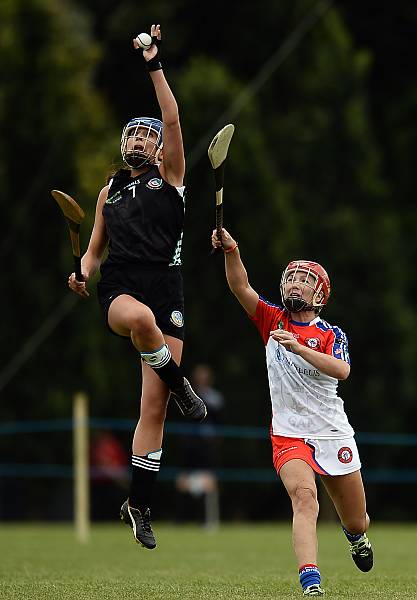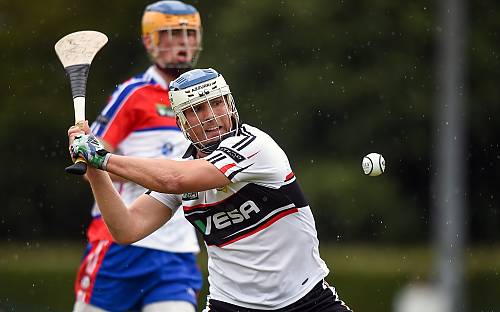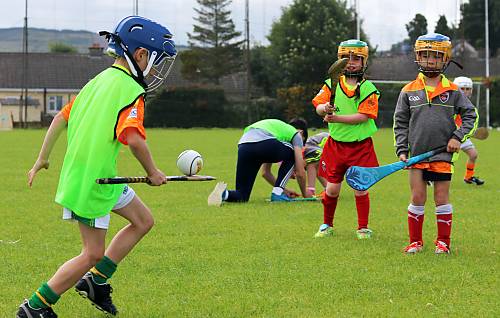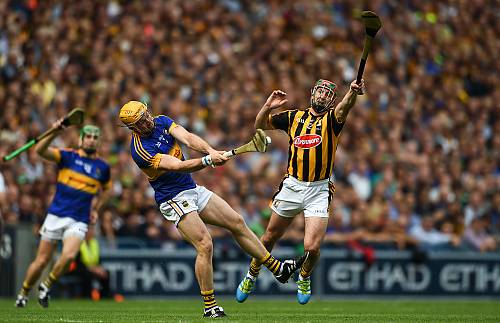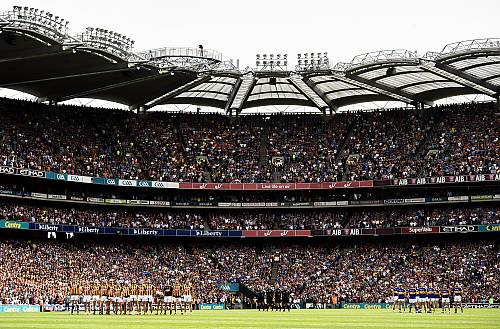Hurling
Inscribed in 2018 (13.COM) on the Representative List of the Intangible Cultural Heritage of Humanity

Hurling, or Camogie (a form of Hurling played by women), is a field game played by two teams which dates back 2,000 years and features strongly in Irish mythology, most notably in the epic saga of Cú Chulainn. It is played throughout the island of Ireland, particularly in more fertile agricultural areas, as well as overseas. Traditionally, the number of players in the game was unregulated and games were played across open fields. Nowadays, there are fifteen players on adult teams and the game is played on a clearly marked pitch. Players use a wooden stick (hurley), similar to a hockey stick but with a flat end, and a small ball (sliotar), with the aim being to use the hurley to strike the sliotar and hit it between the opposing team’s goalposts. The primary bearers and practitioners are the players, known as ‘hurlers’ (male) and ‘camógs’ (female). Hurling is considered as an intrinsic part of Irish culture and plays a central role in promoting health and wellbeing, inclusiveness and team spirit. Today, the skills are promoted and transmitted through coaching and games in schools and clubs. As the custodians of Hurling, the Gaelic Athletic Association and the Camogie Association, both volunteer-led organizations, play a central role in transmitting the skills and values associated with Hurling.
